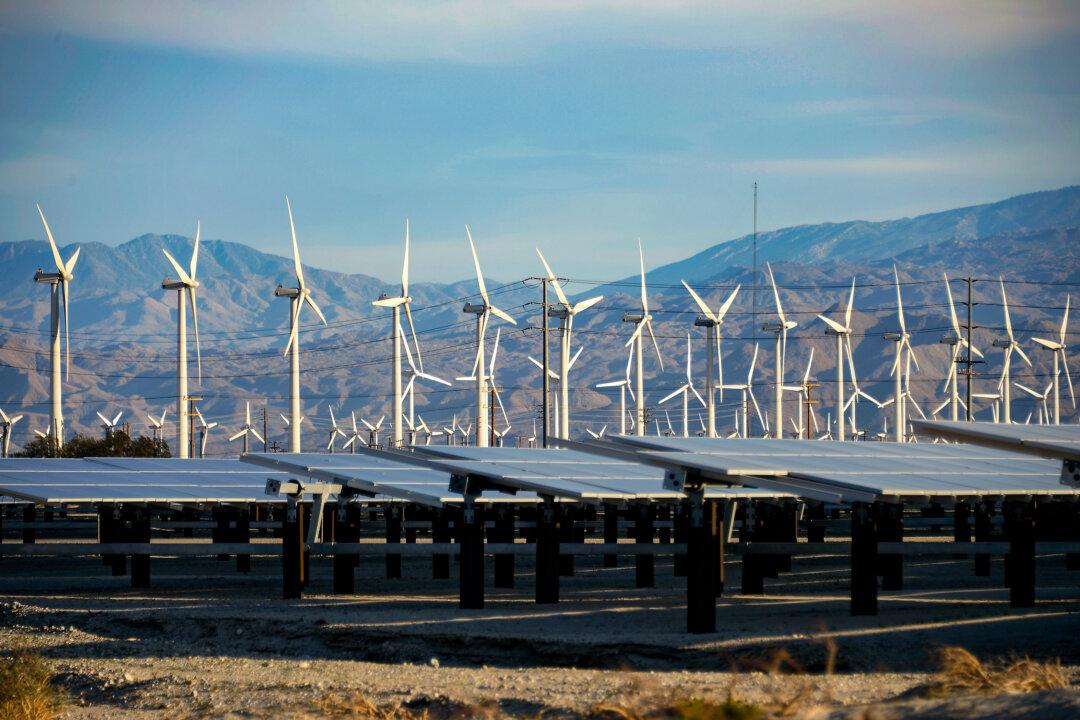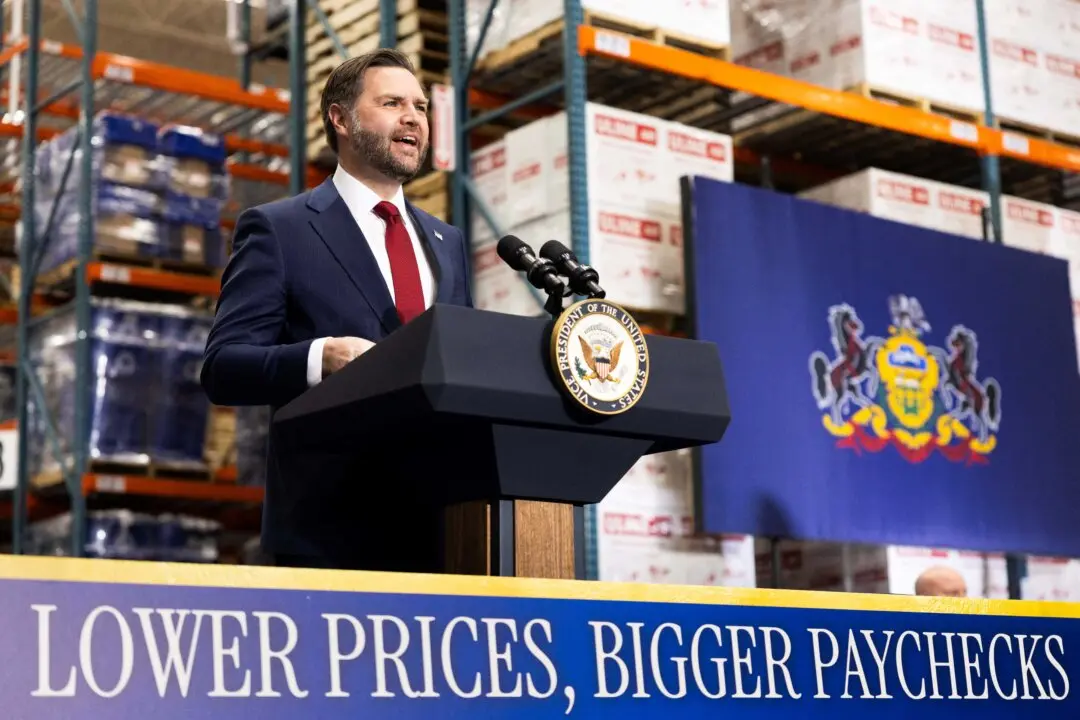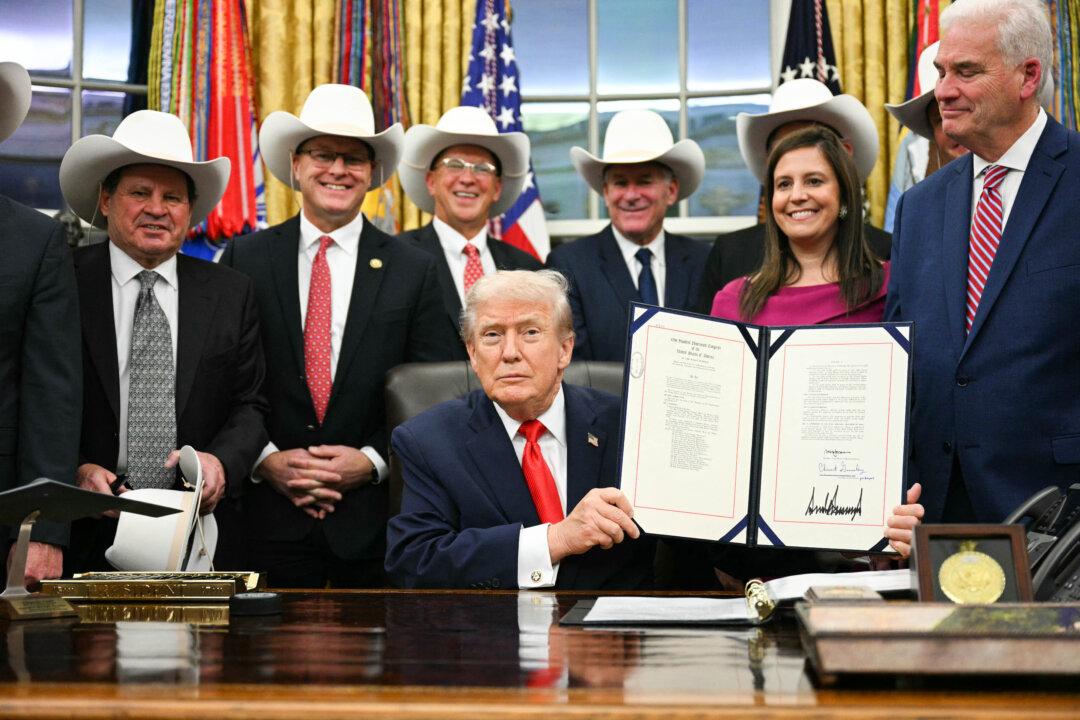More than 11.5 million customers of privately owned utility companies in California will automatically receive an average credit of $71 on their October utility bills, Gov. Gavin Newsom said in an Oct. 2 statement.
The climate credits are intended to help “offset increases while preserving the incentive for customers to conserve energy and reduce [greenhouse gas] emissions,” according to the California Public Utilities Commission’s website.





